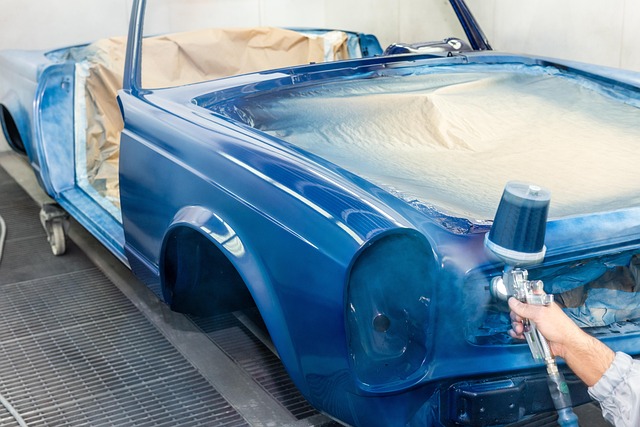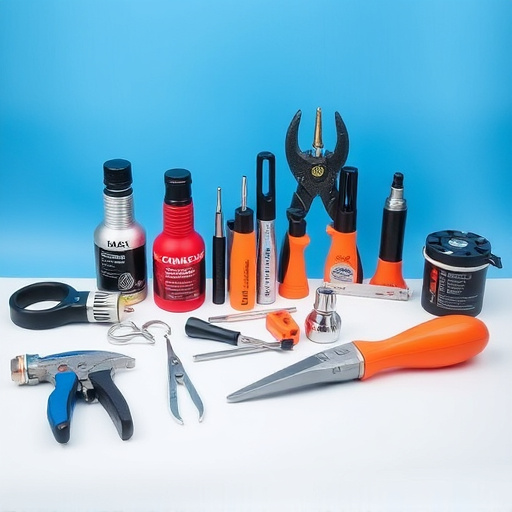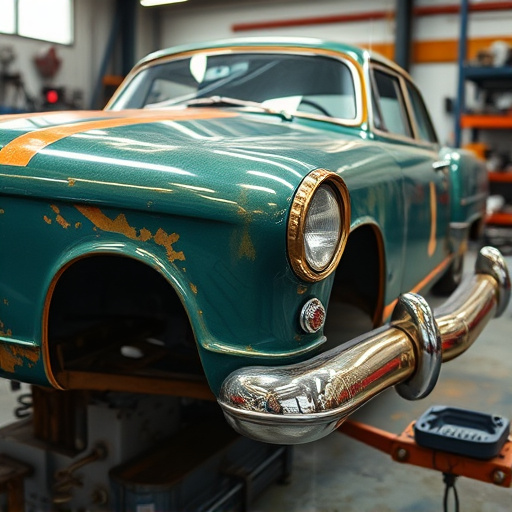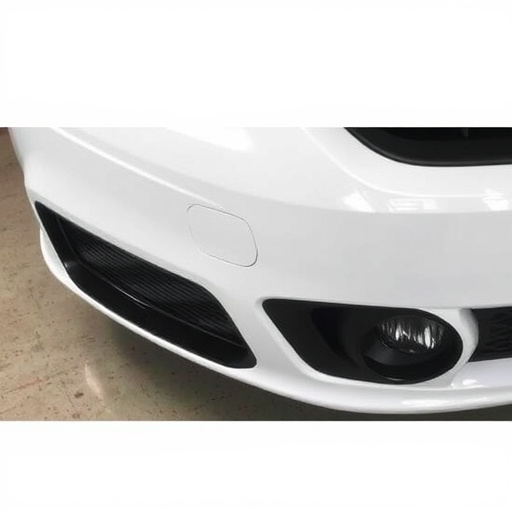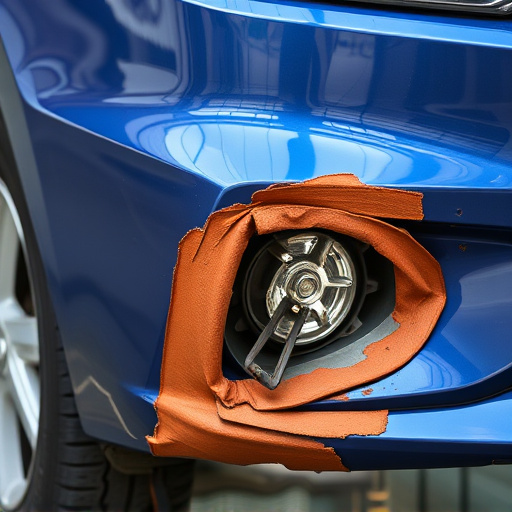Accurate composite material replacement requires proper research, advanced testing, and detailed specifications to avoid structural weaknesses and aesthetic issues. Inadequate preparation, such as incorrect fitment and gaps, can be mitigated through thorough cleaning, use of appropriate tools, and adherence to manufacturer guidelines. Choosing the right replacement part from reputable suppliers ensures long-lasting, visually appealing results while preserving vehicle value.
Composite material replacement is a crucial process, yet it’s fraught with common mistakes. This article guides you through three key areas: Correcting Incorrect Composite Identification, Mastering Inadequate Preparation, and Selecting the Ideal Replacement. By understanding these aspects, you can avoid missteps and ensure a successful composite material replacement project, enhancing structural integrity and longevity. Learn from expert tips to make informed decisions for any application.
- Incorrect Composite Identification: Avoiding Missteps
- Inadequate Preparation: Potential Pitfalls and Solutions
- Choosing the Wrong Replacement: Criteria for Success
Incorrect Composite Identification: Avoiding Missteps

When undertaking composite material replacement, one of the most common mistakes is incorrect composite identification. This can lead to using the wrong materials or methods, causing structural weaknesses and aesthetic issues that compromise the vehicle’s overall integrity and value. Before initiating any repair process, especially in cases of fender repair or fleet repair services, it’s crucial to accurately identify the specific composite material involved. This involves considering factors like composition, thickness, and unique identifiers that differ among composite types.
Proper research and consultation with experts are vital steps to avoid missteps. Using the wrong composite during vehicle repair can result in parts that don’t seamlessly integrate with existing structures, leading to long-term problems. To streamline the process, professionals often rely on advanced testing methods or consult detailed material specifications. This meticulous approach ensures that every replacement part, whether for a fender or other components, is tailor-made for the specific vehicle model and its unique composite material composition.
Inadequate Preparation: Potential Pitfalls and Solutions

Inadequate preparation is one of the most common mistakes when carrying out composite material replacement, often leading to subpar results and additional repairs. Before starting any repair work on vehicle bodywork or collision center projects involving composite materials, a thorough understanding of the process and necessary tools is essential. Many professionals make the mistake of diving straight into the replacement without proper planning. This can result in issues such as incorrect fitment, inadequate bonding, and unsightly gaps or overlaps.
To avoid these potential pitfalls, it’s crucial to invest time in preparing the damaged area, ensuring all debris and contaminants are removed, and the surface is clean and dry. Using the right tools for composite material replacement, such as specialized adhesives and primers designed for composites, can significantly improve the outcome. Additionally, reviewing manufacturer guidelines or seeking advice from experienced technicians in vehicle restoration can provide valuable insights to ensure a successful repair, enhancing the overall quality of the composite material replacement process.
Choosing the Wrong Replacement: Criteria for Success

Choosing the right replacement part for composite materials is paramount to ensure long-lasting and visually appealing results in car bodywork services. Beyond cost and availability, several criteria must be considered. First and foremost, match the new component’s composition as closely as possible to the original material. Composite materials often consist of specific blends designed for strength, durability, and aesthetics—imitation or inferior substitutes may not bond effectively with the existing structure, leading to future damage and unsightly gaps or misalignments in car damage repair.
Additionally, pay attention to dimensional accuracy during car body repair. Even slight variations can disrupt the vehicle’s overall aesthetic balance. Ensure the replacement part is manufactured to exact specifications, fitting seamlessly into place without compromising structural integrity. Reputable suppliers specializing in composite material replacements can offer parts engineered for precision fit and compatibility, ensuring a successful installation that preserves the vehicle’s appearance and value.
When undertaking composite material replacement, being aware of potential pitfalls is key. From incorrect composite identification to choosing the wrong material, these common mistakes can lead to costly and time-consuming issues. By ensuring adequate preparation, knowing your material, and selecting the right replacement based on specific criteria, you can avoid these traps and achieve successful composite material replacement projects.

